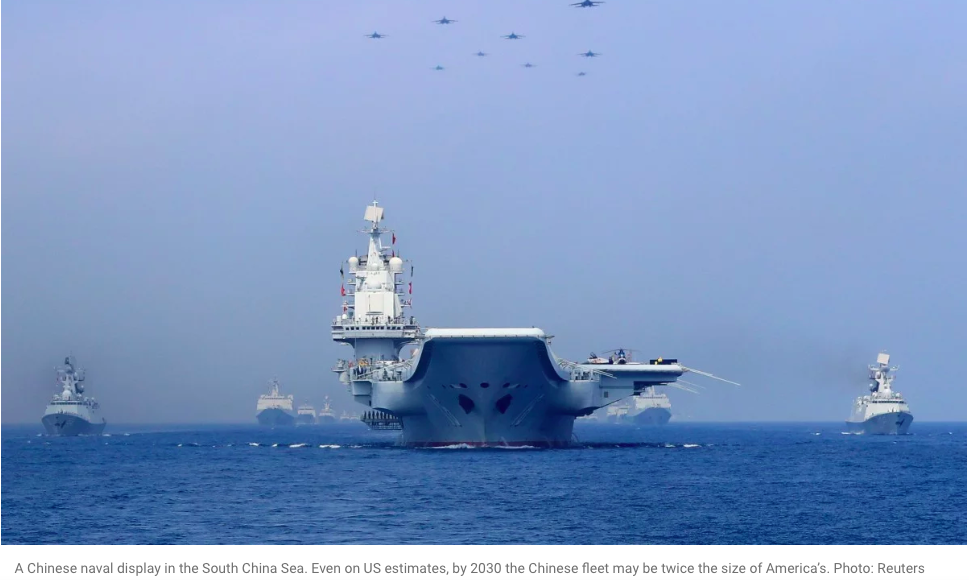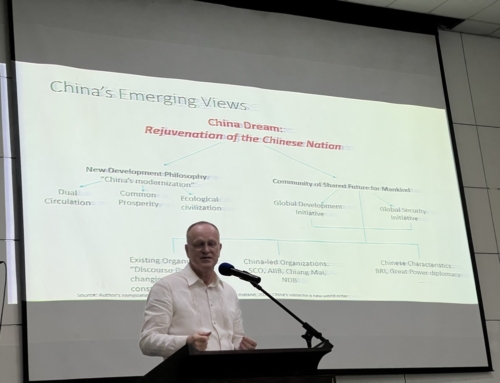by John Power Published: 5:00am, 18 Jan, 2020 at SCMP
Before assuming his post as commander of the United States Indo-Pacific Command, Admiral Philip S. Davidson issued a stark warning about Washington’s loosening grip in the fiercely contested
“In short, China is now capable of controlling the South China Sea in all scenarios, short of war with the
United States,” Davidson said during a Senate confirmation hearing ahead of his appointment as the top US military official in the region in May 2018.
For many analysts, the dire assessment was a long-overdue acknowledgement of their concerns. Today, there is a growing sense it did not go far enough.
Washington’s strategic advantage in the waterway, which holds massive untapped oil and gas reserves and through which about a third of global shipping passes, has diminished so much, according to some experts, that it is powerless to prevent Beijing from restricting access during peacetime and could struggle to gain the upper hand even in the event of an outright conflict with Chinese forces.
China, which claims almost the entire waterway, has tipped the balance of power not just through a massive build-up of its navy, they say, but also through the presence of a de facto militia made up of ostensibly non-military vessels and an island-building campaign, the profound strategic value of which has been lost on US policymakers.
Against this backdrop, the threat of tensions boiling over looms large. In its Global Conflict Tracker, the Council on Foreign Relations spotlights the risk of the US being drawn into a China-Philippines conflict due to its defence treaty with Manila, as well as the failure of Beijing and Southeast Asian leaders to solve their disputes through diplomacy, spurring a destabilising arms build-up.





